In recent years, wildfires have become more than just seasonal occurrences in many parts of America. With changing climates and evolving landscapes, some towns are finding themselves in the path of destruction more frequently. This list takes you through 14 towns where wildfires are practically becoming a part of life. Whether you live in one of these towns or are just curious about the U.S. hotspots for fires, this list sheds some light on the challenges these communities face. So, let’s dive into which towns are dealing with this fiery new normal.
1. Paradise, California
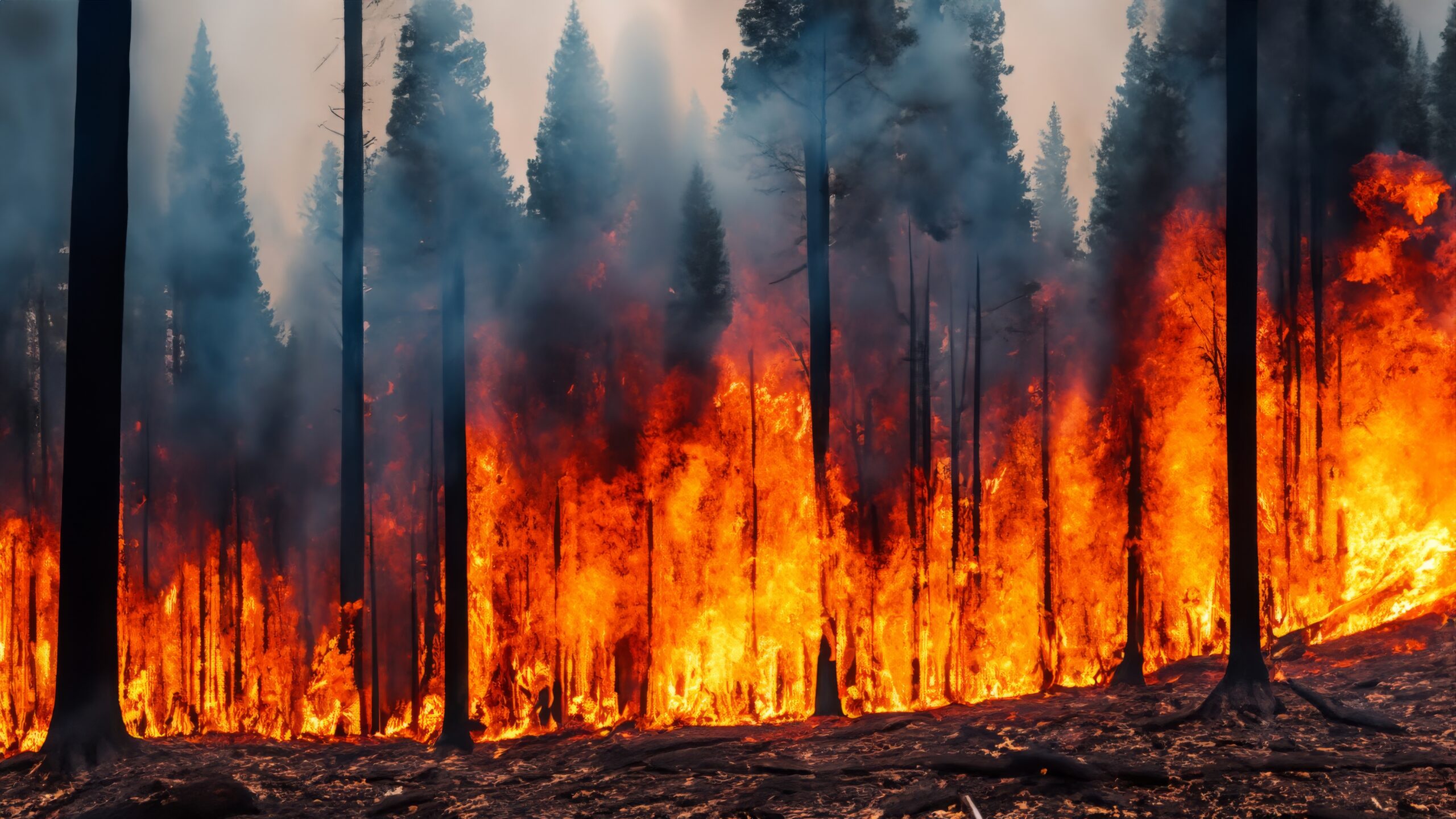
Paradise, California, is no stranger to wildfires, especially after the devastating Camp Fire in 2018. This fire was one of the deadliest in California’s history, and many residents are still rebuilding their lives. The town has been working on improving its emergency response systems to better prepare for future fires. Climate experts, like Dr. Michael Flannigan from the University of Alberta, suggest that the frequency of these fires could be a result of changing weather patterns and prolonged dry spells. With fire season extending and becoming more unpredictable, Paradise is on high alert year-round.
Residents in Paradise have had to adapt to the constant threat of wildfires by investing in better fireproofing measures for their homes. The community is learning to live with the grim reality that fires could happen at any time. Local authorities have been conducting educational workshops to help residents understand how to protect themselves and their properties. Some residents have even moved away, unable to bear the stress of living under such conditions. Despite these challenges, Paradise is determined to rise from the ashes and build a safer future.
2. Santa Rosa, California
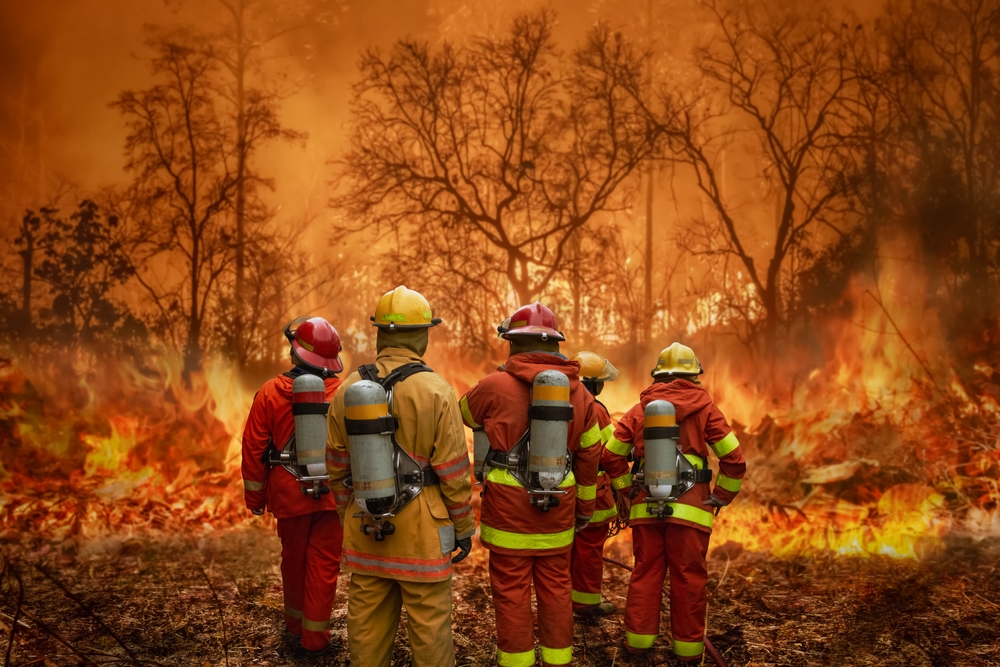
Santa Rosa has experienced its fair share of wildfires, with the Tubbs Fire in 2017 being one of the most catastrophic. The fire destroyed over 5,000 structures, leaving a lasting impact on the community. Recovery has been slow, but the town is committed to rebuilding stronger and more resilient structures. The events have spurred advancements in local policies, focusing on fire safety and prevention. The community has also embraced technology, using apps and alert systems to stay informed about potential fire threats.
The emotional toll of these fires is significant, affecting the mental health of many residents. Community support groups have formed to help those dealing with trauma and loss. The city has prioritized mental health resources, recognizing the importance of psychological recovery alongside physical rebuilding. Many residents are now more proactive, participating in fire drills and preparation exercises. As Santa Rosa moves forward, the focus remains on learning from past experiences to better handle future challenges.
3. Boulder, Colorado

Nestled at the foot of the Rocky Mountains, Boulder, Colorado, is known for its stunning landscapes and outdoor lifestyle. However, in recent years, wildfires have become a growing concern for this vibrant community. The CalWood Fire in 2020 was a stark reminder of how vulnerable the area is to such disasters. According to Dr. Jennifer Balch, a fire ecologist from the University of Colorado Boulder, the increasing frequency of wildfires in this region is linked to warmer temperatures and drier conditions. As a result, Boulder has ramped up its efforts in fire mitigation and forest management.
Residents are encouraged to create defensible spaces around their homes by clearing flammable vegetation and using fire-resistant materials. The local government has also invested in modern firefighting equipment and training programs. Emergency preparedness has become a priority, with regular community drills and education sessions. Despite these efforts, the threat of wildfires looms large, and residents remain vigilant. Boulder is continuously seeking innovative solutions to protect its community and cherished natural surroundings.
4. Prescott, Arizona
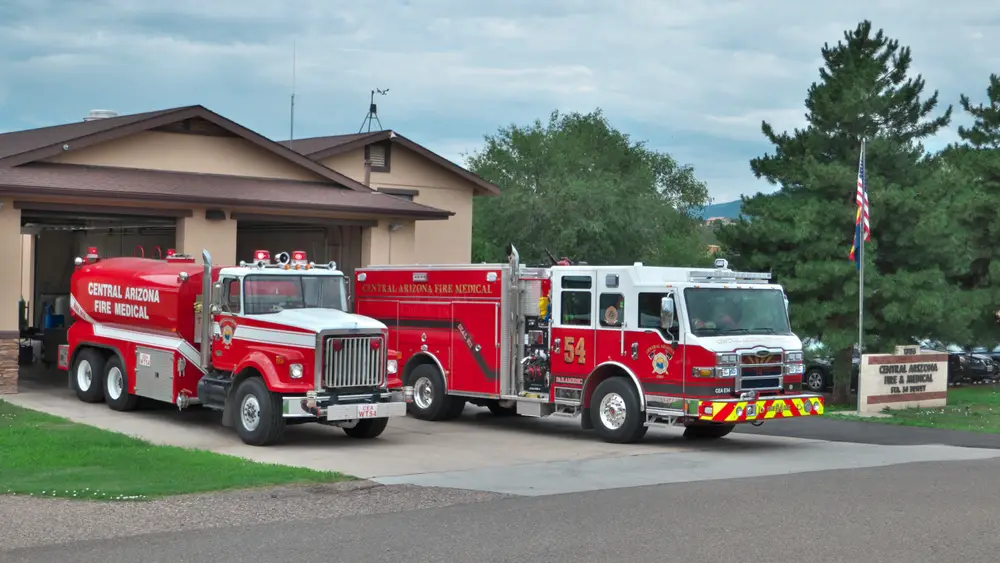
Prescott, Arizona, with its rugged terrain and beautiful landscapes, has become increasingly susceptible to wildfires. The Yarnell Hill Fire in 2013 was a tragic event that highlighted the area’s vulnerability. Since then, Prescott has intensified its fire prevention strategies, focusing on forest management and community awareness. The town has implemented strict building codes to ensure structures are as fire-resistant as possible. Many residents have also taken it upon themselves to learn about fire safety and evacuation procedures.
Community collaboration plays a significant role in Prescott’s approach to wildfire management. Local organizations and volunteers work tirelessly to clear brush and create buffer zones around residential areas. The town has embraced a culture of preparedness, with regular fire drills and public information campaigns. While the fear of wildfires is ever-present, there is a strong sense of resilience within the community. Prescott continues to make strides in minimizing the impact of future fires, drawing on lessons learned from past experiences.
5. Redding, California
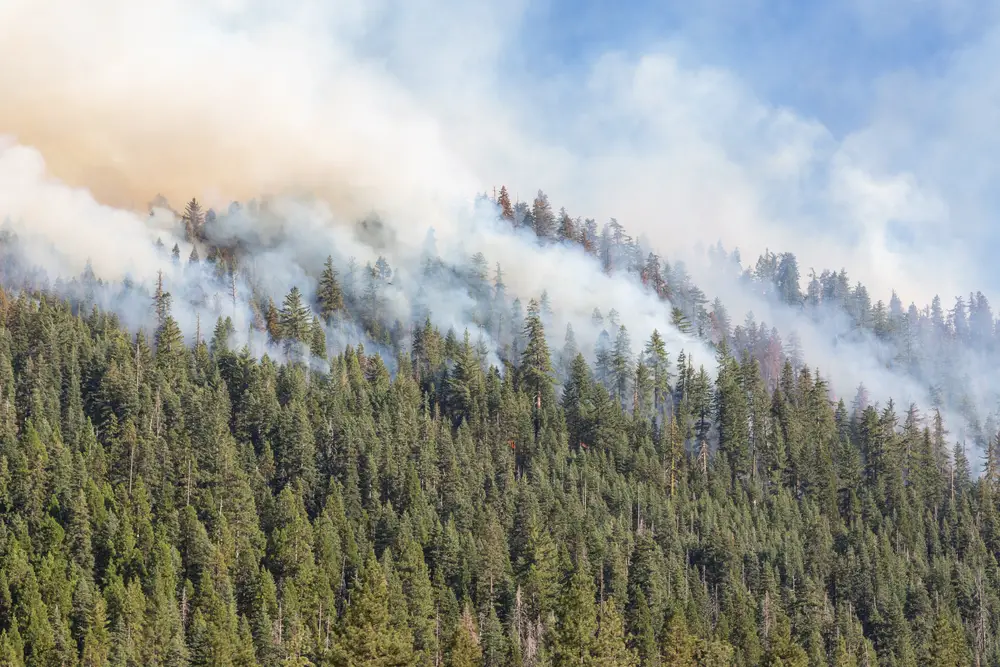
Redding, California, is another town that frequently faces the wrath of wildfires. The Carr Fire in 2018 was particularly destructive, forcing thousands to evacuate and causing significant damage. Since then, Redding has taken proactive steps to enhance its fire safety measures. Investments in advanced firefighting technologies and improved communication systems have been made to better respond to future incidents. Experts like Dr. Crystal Kolden, a fire scientist from the University of Idaho, emphasize the importance of community involvement in wildfire preparedness.
Residents are encouraged to participate in local fire safety programs and stay informed about evacuation routes. Many have adopted fire-resistant landscaping techniques, reducing the risk of their homes catching fire. The city has also focused on building stronger relationships between emergency services and the community. Despite the ever-present threat, Redding is determined to remain resilient and learn from each wildfire event. The town’s efforts demonstrate a commitment to safeguarding both lives and property from future fires.
6. Flagstaff, Arizona
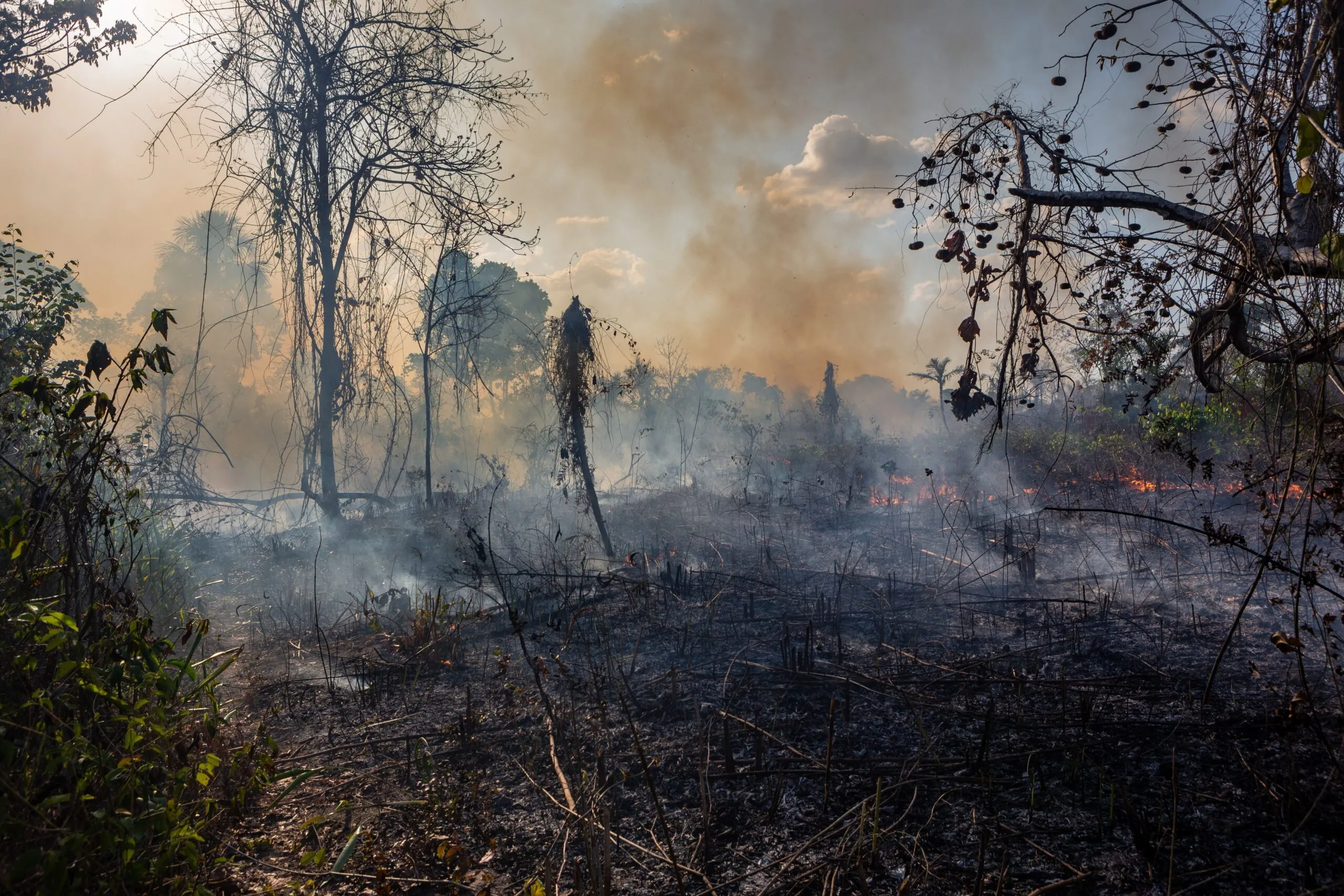
Flagstaff, Arizona, surrounded by the Coconino National Forest, is no stranger to wildfires. The Schultz Fire in 2010 and the Museum Fire in 2019 are reminders of the area’s vulnerability. With a focus on prevention and preparedness, Flagstaff has implemented comprehensive fire management strategies. These include controlled burns and thinning of forested areas to reduce fuel for fires. The community is actively involved in these efforts, contributing to a culture of awareness and readiness.
Residents have learned to live with the reality of potential evacuations and the importance of having a plan in place. Flagstaff has invested in early warning systems to alert the community of impending wildfire threats. The town also hosts workshops and informational sessions to educate residents on fire safety practices. Despite the challenges, Flagstaff continues to adapt and improve its wildfire response capabilities. The community’s resilience and proactive approach are key factors in its ability to face future fires.
7. Colorado Springs, Colorado

Colorado Springs is no stranger to the dangers of wildfires, with its proximity to forested areas making it particularly vulnerable. The Waldo Canyon Fire in 2012 was a significant event that underscored the need for improved fire management. Following this disaster, the city has focused on enhancing its firefighting capabilities and developing comprehensive evacuation plans. According to a study by the National Interagency Fire Center, urban expansion into fire-prone areas is a contributing factor to increased wildfire risk. As a result, Colorado Springs has implemented zoning regulations to minimize future threats.
Residents have become more proactive, participating in fire prevention programs and utilizing fire-resistant materials. The local government has invested in modern fire detection technologies and emergency communication systems. Community engagement is a central theme, with educational initiatives aimed at increasing awareness and preparedness. Despite the constant threat, Colorado Springs is committed to minimizing the impact of wildfires on its community. The town’s dedication to fire readiness serves as a model for other fire-prone areas.
8. San Diego, California
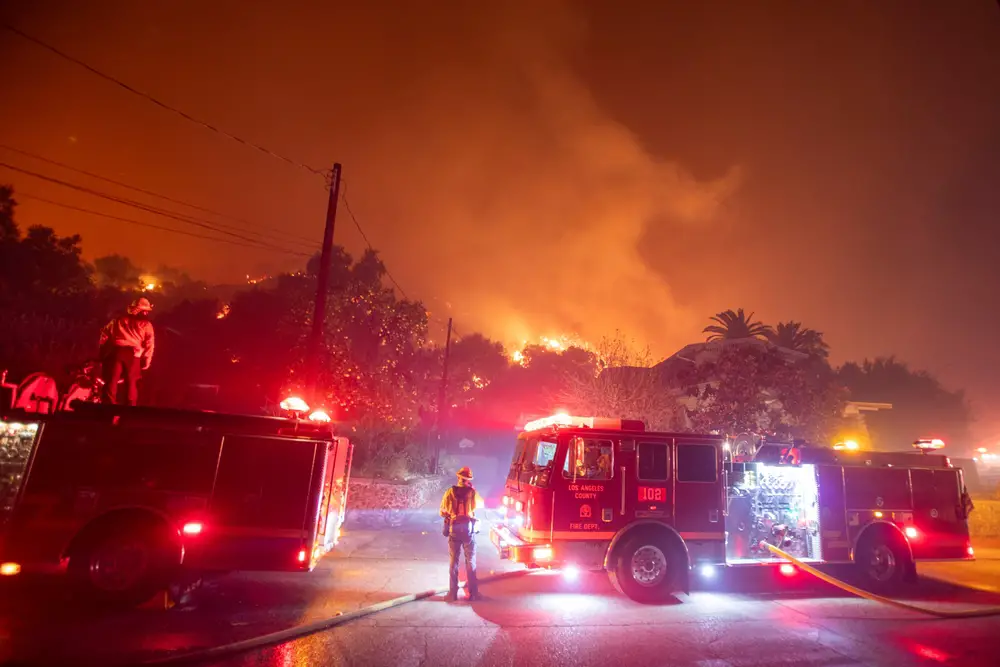
San Diego, while often associated with sun and surf, is also prone to wildfires due to its hot and dry climate. The Cedar Fire in 2003 was one of the largest in California’s history, prompting changes in fire management practices. San Diego has since focused on improving its firefighting resources and infrastructure. The city has implemented extensive vegetation management programs to reduce fire risk. Public awareness campaigns have been launched to educate residents on fire safety and evacuation procedures.
Residents are encouraged to maintain defensible spaces around their homes to protect against fires. The community has also embraced technology, using apps and alert systems to stay informed about fire conditions. Collaboration with neighboring regions has strengthened San Diego’s emergency response capabilities. Despite the challenges posed by wildfires, San Diego remains committed to protecting its residents and environment. The city’s proactive approach highlights the importance of preparation and adaptation in the face of increasing fire threats.
9. Gatlinburg, Tennessee
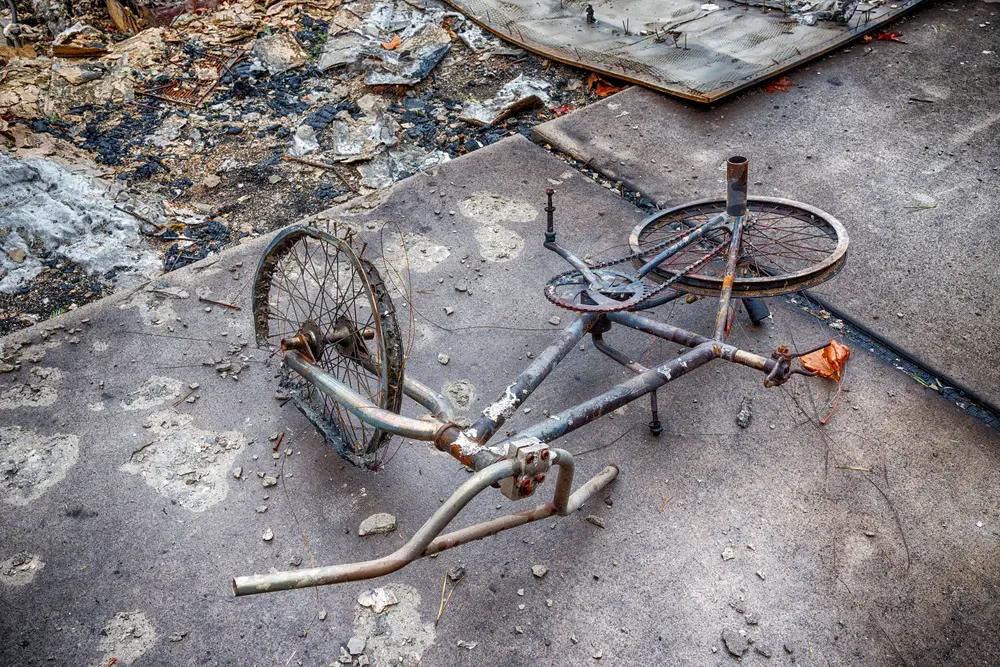
Gatlinburg, Tennessee, located in the Great Smoky Mountains, experienced a devastating wildfire in 2016 that left a lasting impact. The fire destroyed numerous homes and businesses, prompting a reevaluation of fire management strategies. Gatlinburg has since implemented measures to enhance fire prevention and response capabilities. These include controlled burns and improved infrastructure to facilitate firefighting efforts. The community has also focused on educating residents about fire safety and evacuation plans.
The emotional and financial toll of the 2016 fire is still felt by many residents. Support networks and community resources have been established to aid recovery and build resilience. Gatlinburg has embraced a collaborative approach, working with local organizations and agencies to strengthen fire management. The town’s experiences have underscored the importance of preparedness and adaptability in the face of wildfires. As Gatlinburg moves forward, the focus remains on protecting its community and preserving its natural beauty.
10. Los Alamos, New Mexico
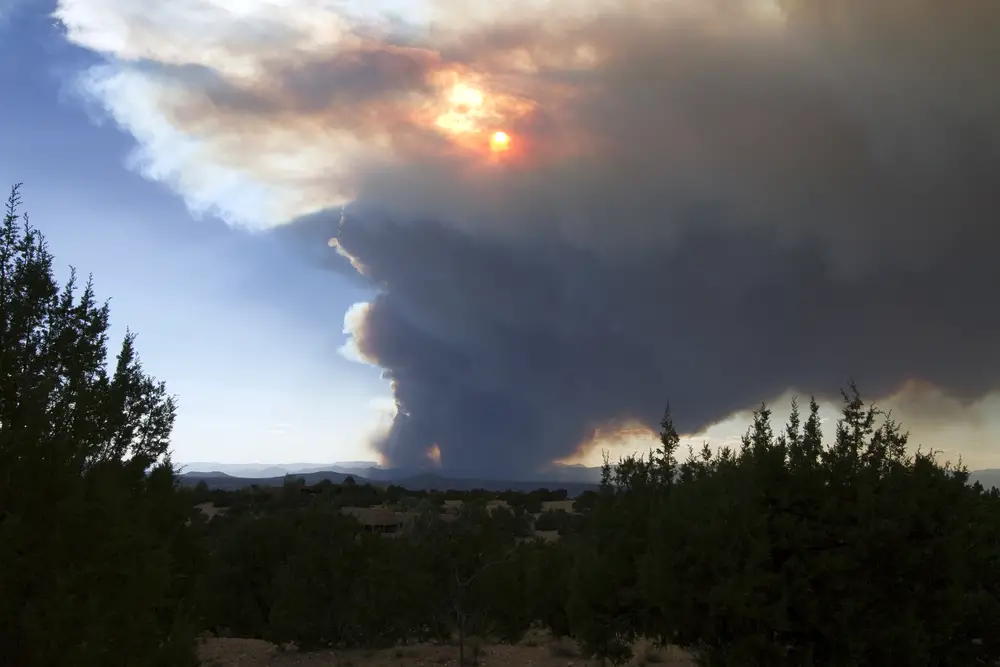
Los Alamos, New Mexico, known for its scientific community, is also familiar with the threat of wildfires. The Las Conchas Fire in 2011 was a significant event that prompted changes in fire management practices. Los Alamos has since focused on reducing fire risk through controlled burns and forest thinning. The town has also invested in modern firefighting equipment and training programs. Community involvement plays a crucial role, with residents participating in fire prevention workshops and drills.
Residents have learned to live with the reality of potential evacuations and the importance of being prepared. Los Alamos has implemented early warning systems to alert the community of impending wildfire threats. The town also hosts informational sessions to educate residents on fire safety practices. Despite the challenges, Los Alamos continues to adapt and improve its wildfire response capabilities. The community’s resilience and proactive approach are key factors in its ability to face future fires.
11. Bend, Oregon
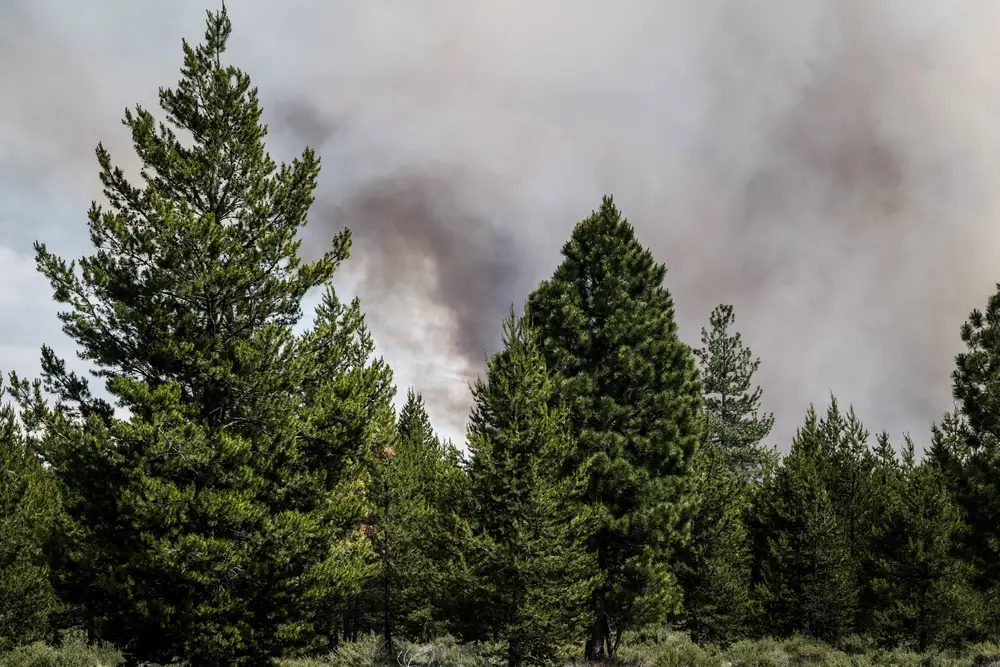
Bend, Oregon, surrounded by forested areas and high desert landscapes, is increasingly at risk of wildfires. The threat of fires has prompted the city to adopt comprehensive fire management strategies. These include vegetation management, controlled burns, and community education initiatives. Bend has invested in modern firefighting resources to enhance its response capabilities. The community has embraced a culture of awareness, with residents actively participating in fire safety programs.
Residents are encouraged to maintain defensible spaces around their properties to minimize fire risk. The local government has implemented zoning regulations to reduce the threat of urban expansion into fire-prone areas. Bend’s approach to fire management emphasizes collaboration between agencies, organizations, and the community. Despite the ongoing threat of wildfires, Bend is committed to safeguarding its residents and environment. The town’s proactive measures highlight the importance of preparation and adaptability in the face of increasing fire challenges.
12. Spokane, Washington

Spokane, Washington, while often associated with a cooler climate, has not been immune to the threat of wildfires. The Carpenter Road Fire in 2015 served as a wake-up call, underscoring the need for improved fire management. Spokane has since focused on enhancing its firefighting resources and infrastructure. The city has implemented extensive vegetation management programs to reduce fire risk. Public awareness campaigns have been launched to educate residents on fire safety and evacuation procedures.
Residents are encouraged to maintain defensible spaces around their homes to protect against fires. The community has also embraced technology, using apps and alert systems to stay informed about fire conditions. Collaboration with neighboring regions has strengthened Spokane’s emergency response capabilities. Despite the challenges posed by wildfires, Spokane remains committed to protecting its residents and environment. The city’s proactive approach highlights the importance of preparation and adaptation in the face of increasing fire threats.
13. Austin, Texas
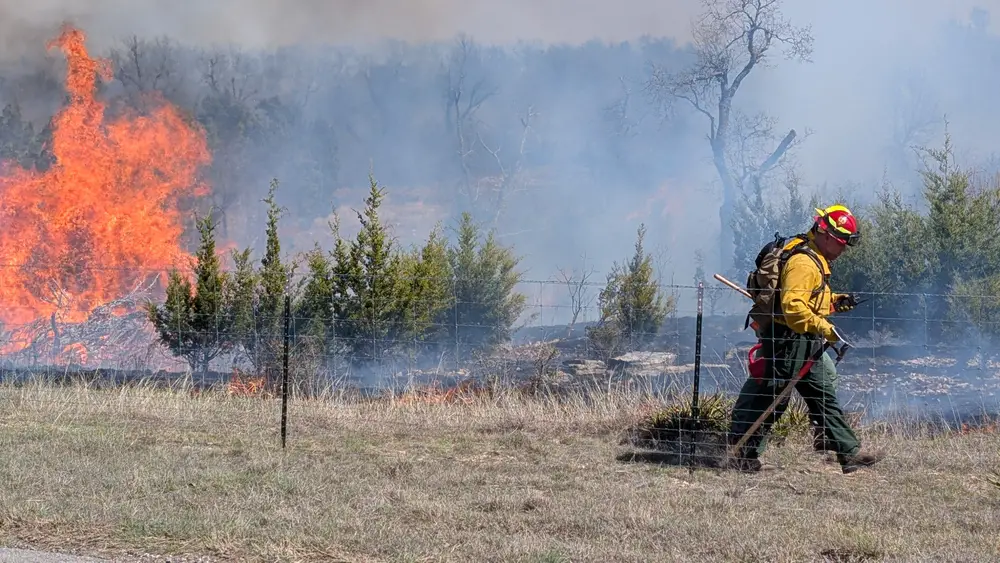
Austin, Texas, known for its vibrant culture and music scene, is also at risk of wildfires due to its hot and dry climate. The Bastrop County Complex Fire in 2011 was one of the most destructive in Texas history, prompting changes in fire management practices. Austin has since focused on improving its firefighting resources and infrastructure. The city has implemented extensive vegetation management programs to reduce fire risk. Public awareness campaigns have been launched to educate residents on fire safety and evacuation procedures.
Residents are encouraged to maintain defensible spaces around their homes to protect against fires. The community has also embraced technology, using apps and alert systems to stay informed about fire conditions. Collaboration with neighboring regions has strengthened Austin’s emergency response capabilities. Despite the challenges posed by wildfires, Austin remains committed to protecting its residents and environment. The city’s proactive approach highlights the importance of preparation and adaptation in the face of increasing fire threats.
14. Ashland, Oregon
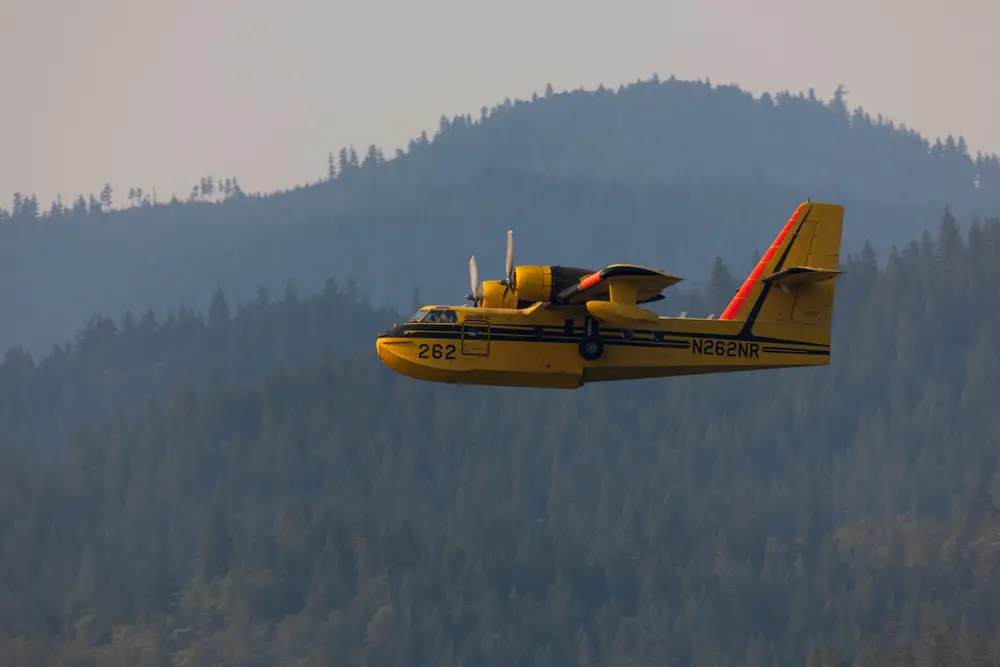
Ashland, Oregon, located near the California border, is frequently at risk of wildfires. The Almeda Fire in 2020 was a devastating event that prompted changes in fire management practices. Ashland has since focused on reducing fire risk through controlled burns and forest thinning. The town has also invested in modern firefighting equipment and training programs. Community involvement plays a crucial role, with residents participating in fire prevention workshops and drills.
Residents have learned to live with the reality of potential evacuations and the importance of being prepared. Ashland has implemented early warning systems to alert the community of impending wildfire threats. The town also hosts informational sessions to educate residents on fire safety practices. Despite the challenges, Ashland continues to adapt and improve its wildfire response capabilities. The community’s resilience and proactive approach are key factors in its ability to face future fires.
